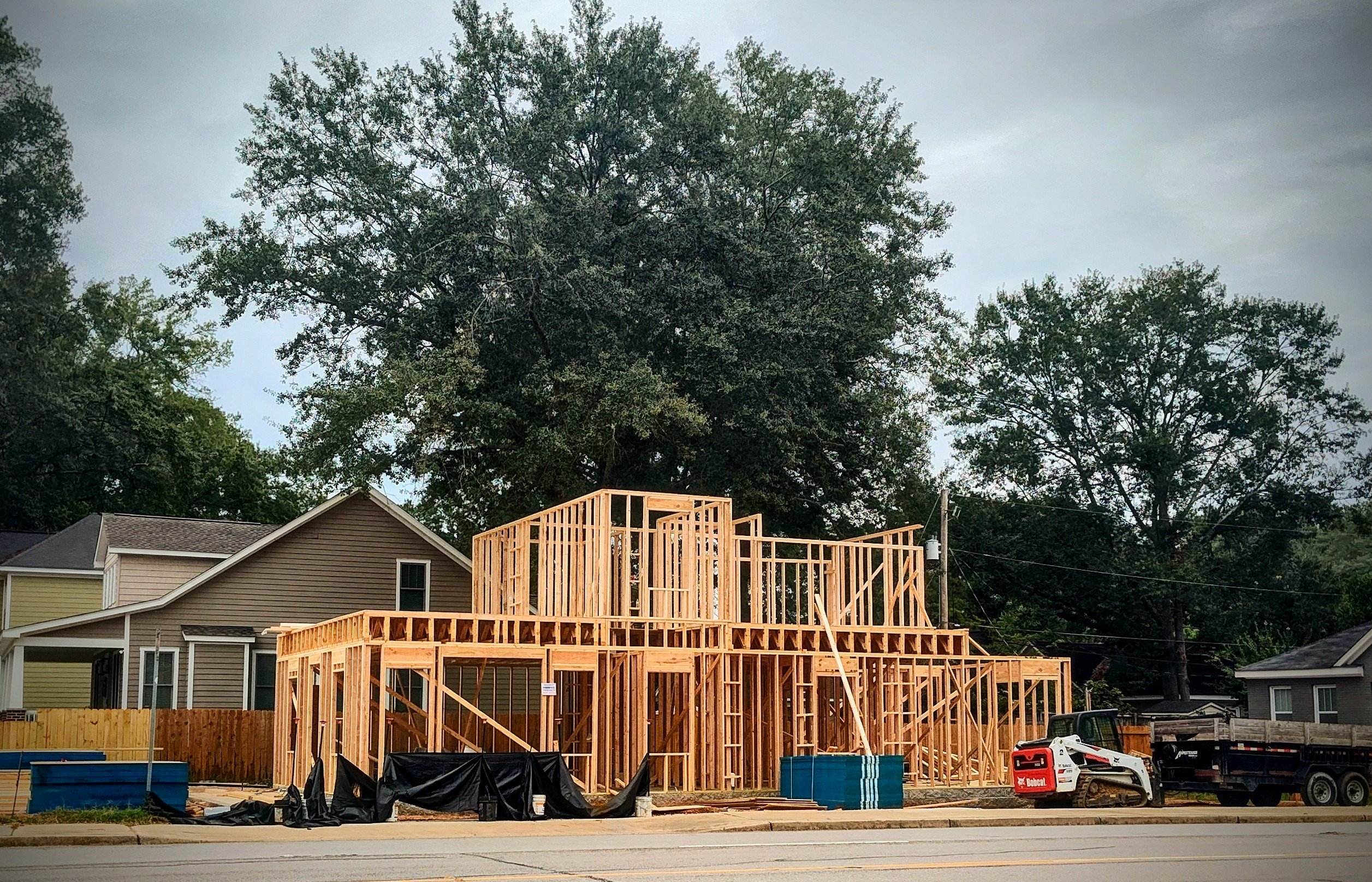this post was submitted on 09 Sep 2023
321 points (90.2% liked)
pics
21030 readers
213 users here now
Rules:
1.. Please mark original photos with [OC] in the title if you're the photographer
2..Pictures containing a politician from any country or planet are prohibited, this is a community voted on rule.
3.. Image must be a photograph, no AI or digital art.
4.. No NSFW/Cosplay/Spam/Trolling images.
5.. Be civil. No racism or bigotry.
Photo of the Week Rule(s):
1.. On Fridays, the most upvoted original, marked [OC], photo posted between Friday and Thursday will be the next week's banner and featured photo.
2.. The weekly photos will be saved for an end of the year run off.
Instance-wide rules always apply. https://mastodon.world/about
founded 2 years ago
MODERATORS
you are viewing a single comment's thread
view the rest of the comments
view the rest of the comments


If we did that in the US west coast, they would crack and fall apart from tectonic plate shift. You need to build things to be flexible for earthquakes and general shift.
I live in a 100 year old farm house in California and every spring and fall we have to move the strike plate (thing the door latch nubbin goes into) on the front door up or down about 3/4 inch due to seasonal house shifting. The door stops closing and we know it's spring time!
Steel reinforcement is what keeps them up. At least it's supposed to.
The structure would still be damaged, although it may be “standing”.
It doesn’t work, it’s been tested plenty by people far smarter than either of us.
It would stick crack and crumble around the steel. It wouldn't work here, which is why it against building codes here.
That's a really poor argument to pass down to people.
Solutions exist to make buildings earthquake resilient and the USA created a good part of it.
Vibration dampeners, structure stress relievers, special mortars and concretes, specific structural geometry, etc.
There is no reason why the US should keep its attachment to wood construction. Tornado alley would vastly improve if house were to shift from match sticks and hope to brick and mortar with reinforced concrete foundations.
Tornado alley is a completely different part of the US than the West Coast, which is specifically what I was talking about. It's like 2000 miles away. Tornado alley doesn't have earthquakes, so this discussion doesn't even apply to that. Bust now that were talking about it, in tornado alley, houses at least do have a brick exterior around the wood.
I picked Tornado Alley because it's low hanging fruit; I'll get to that again.
USA has a fixation for wood construction, completely unreasonable and unjustifiable. There are several countries and regions in the world with sysmic activity that do not opt to build in wood.
Japan sits atop a zone of tectonic plate subduction. Hearthquakes are not unknown to them and they build with modern materials. Tokyo, with its extreme population density, is built to withstand earthquakes and hurricanes. Are the USA dumber than Japan?
Regarding Hurricane Alley, wrapping a woodframe with brick doesn't make the structure sturdier, just makes it heavier and more prone to break under stress, as the brick work won't have structural role.
A properly built modern brick or block structure has a super structure reinforced with rebar and concrete, which then receives the brick/block work to finish the building, with some walls being part of the superstructure of the building. This forms a monolithic construction that tends to be very stuborn and stays in place unless something blows it to pieces. Older buildings used other techniques, usually tied to the brickwork itself to create load bearing structures.